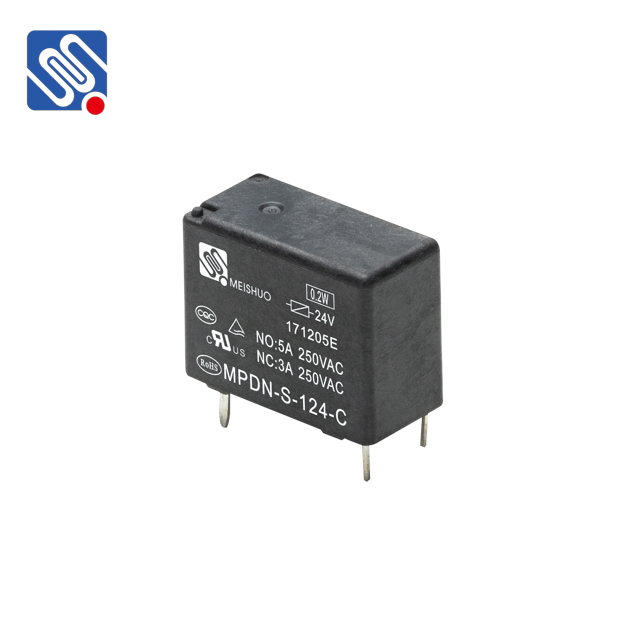exploring the importance and applications of low-power relays in modern electronics
Release time:2025-10-18 00:05:20
Low-power relays are essential components in a wide variety of modern electronic systems. They are designed to switch small electrical loads with minimal power consumption, making them ideal for applications where energy efficiency is a priority. As the demand for energy-efficient devices continues to grow, low-power relays have found increasing use in everything from consumer electronics to industrial automation. This article explores the significance, working principles, and applications of low-power relays.

What is a Low-power Relay?
A low-power relay is a type of electromagnetic switch that is designed to operate with lower power requirements compared to traditional relays. These relays use an electromagnet to activate a mechanical switch, but the difference lies in the fact that they require much less current or voltage to function effectively. Typically, they operate at voltages ranging from just a few volts, and their design minimizes energy consumption while maintaining reliable switching performance.
Key Features of Low-power Relays
Low Energy Consumption: The primary characteristic of a low-power relay is its ability to function with minimal power. This makes them particularly useful in battery-powered devices or systems where reducing overall energy consumption is crucial.

